Museum of Medical History Hamburg
Wax models of disease and deformity are on display at this German medical museum.
The Medical History Museum of the Hamburg University Teaching Hospital houses a fascinating collection of historic medical instruments, microscopes, teaching models, and materials, wax moulages of various skin diseases, and other oddities.
Housed in the beautiful 1926 Fritz-Schumacher House on the campus of the teaching hospital, this museum tracks the evolution of modern medicine from the 19th century to the present day. Opened in 2010, the museum is part of the Institute for the History and Ethics of Medicine. Its permanent exhibition “The Birth of Modern Medicine,” explores the evolution of medical research, ethics, diagnostics, and therapeutic care through a variety of archival materials.
The museum does not shy away from complicated and disturbing eras in medical history. It includes a display dealing with the role that doctors and nurses played in the Nazi’s state-sponsored eugenics programs. Telling the story of Irma Sperling, a young Hamburg victim, the exhibit attempts to give voice to the thousands of people murdered by the Nazis because they were not considered mentally or physically fit to live in the homeland. On display in this exhibit is a “Binetarium,” a box-like device which Nazi doctors believed could measure intelligence.
The museum also houses one of the largest collection of historic moulages (wax models of body parts afflicted with different diseases and deformities). However, there are only 30 on display to the public. Most of these are graphic illustrations of the ravages of syphilis, often modeled without the patient’s consent.
Visitors can also see a large dissection hall built in 1911. Here, medical students dissected cadavers on eight stone slab tables, in a surprisingly bright and serene open hall. Bright light was indispensable for pathological studies. At the time when the dissection hall was designed, electricity was in its infancy, and still not very reliable or bright. To combat this fact, the hall was cleverly designed to let in a maximum amount of natural light. Remarkably, the room was so ideal for dissections that it was used until 2006.
These fascinating exhibits are reminders that the discipline of medicine is an evolving art, which can be used for great good—or great evil.
Know Before You Go
The museum is in Building N30.b, easiest to find by entering the University Hospital complex by the side gate. Follow campus maps to the building (clearly marked "Medizinhistorisches Museum Hamburg" in large gold letters on the building).
Community Contributors
Added by
Edited by
Plan Your Trip
The Atlas Obscura Podcast is Back!









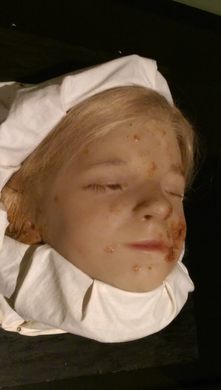
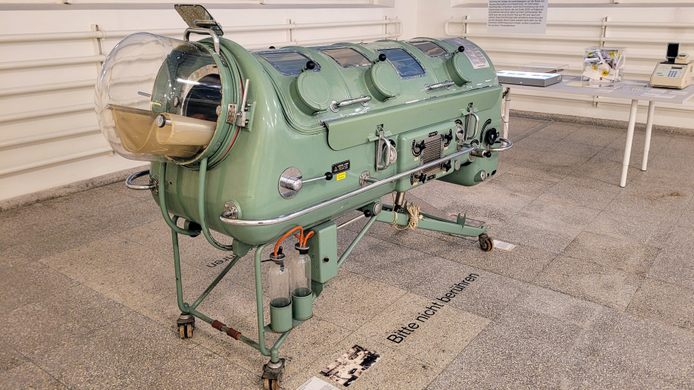





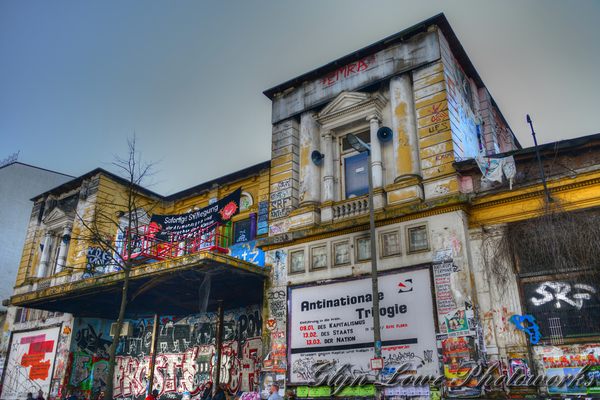


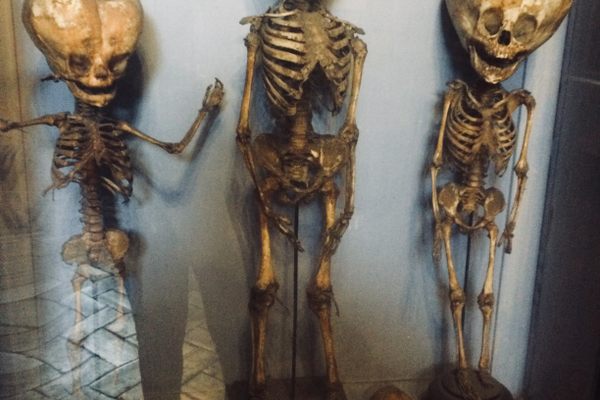

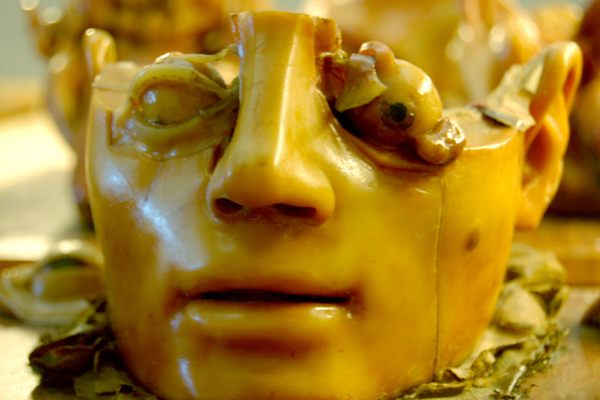


Follow us on Twitter to get the latest on the world's hidden wonders.
Like us on Facebook to get the latest on the world's hidden wonders.
Follow us on Twitter Like us on Facebook